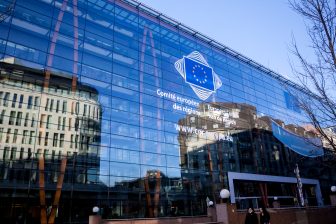
Rail sector qualifies for EU green bonds
A significant share of investment in the EU’s railway sector could in the future be financed by green bonds. This was concluded by the European Commission. The conclusion follows ‘a growing green bond market, particularly within low carbon transport’. The availability of green bonds would alleviate pressure on traditional public financing sources.
A new study requested by the European Commission looks at criteria to classify railway assets and activities as environmentally sustainable, and provides insight into potential greenwashing practices. While trains are generally more sustainable than other modes of transport, some rail activities are less environmentally friendly than others.
What is green?
For example, investments linked to the transportation of fossil fuels cannot be considered green, and diesel trains are also controversial in environmental terms. Depending on the electricity mix in the specific country, it may also be misleading to claim that electrified trains have zero GHG emissions during operation (although the EU’s long-term energy strategy makes clear that the electricity mix is expected to become greener).
The study develops different technical screening criteria, including indicators/metrics, the scope of CO₂ emissions to be included, an approach to emissions accounting, and potential thresholds. It also assess to what degree different criteria and reporting requirements will have an impact on investments in the rail sector, as well as how they could incentivise sustainable transport choices.





